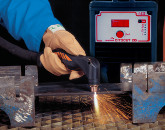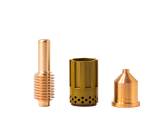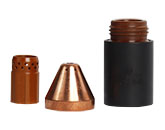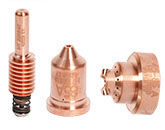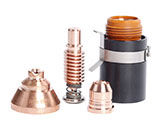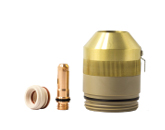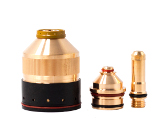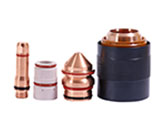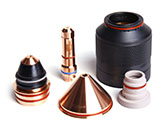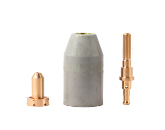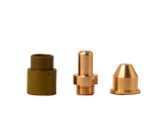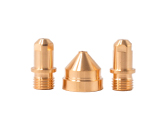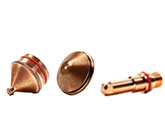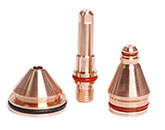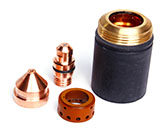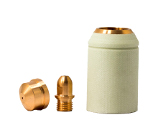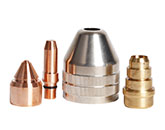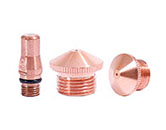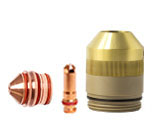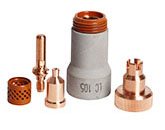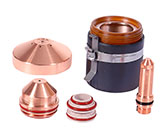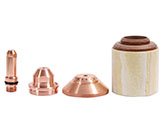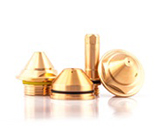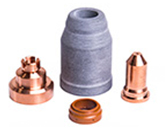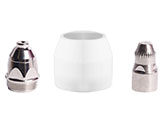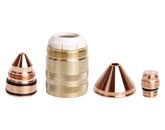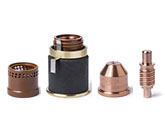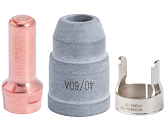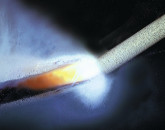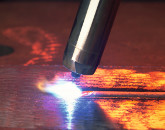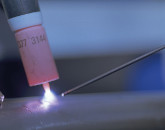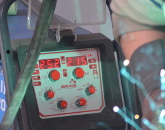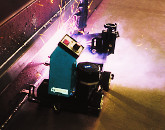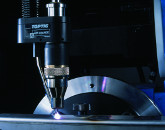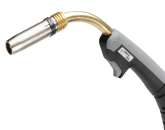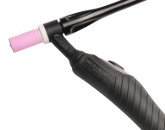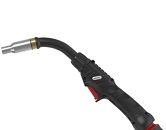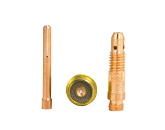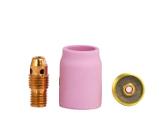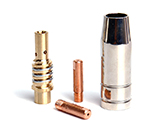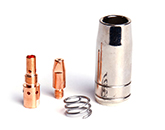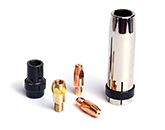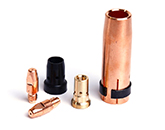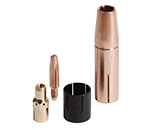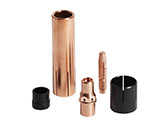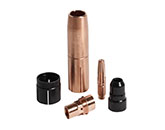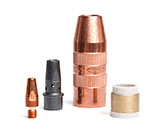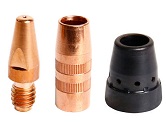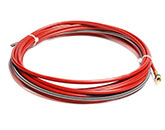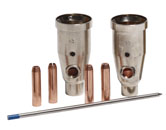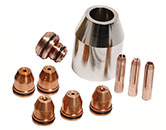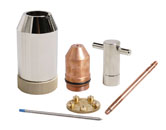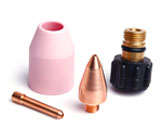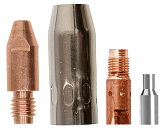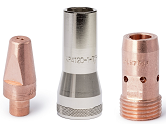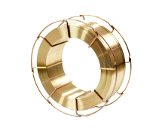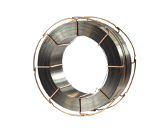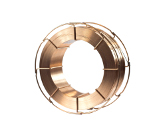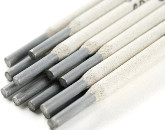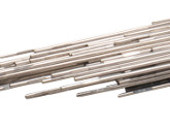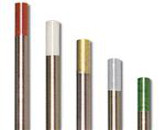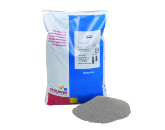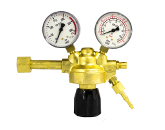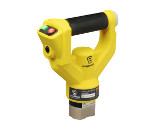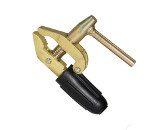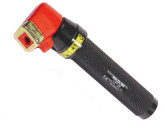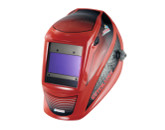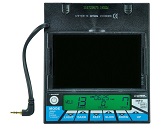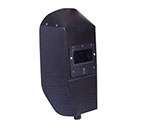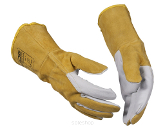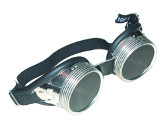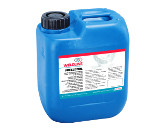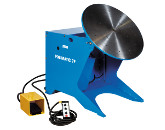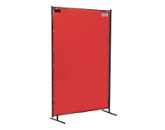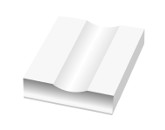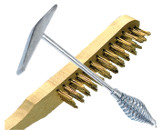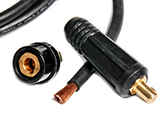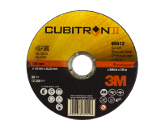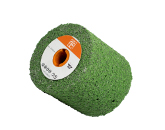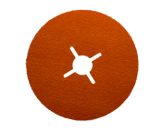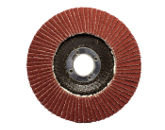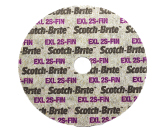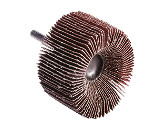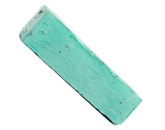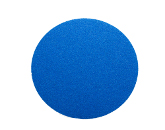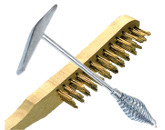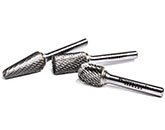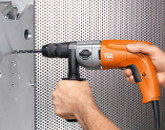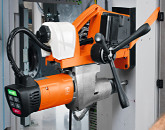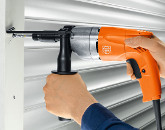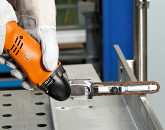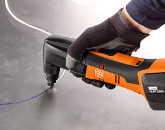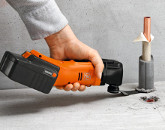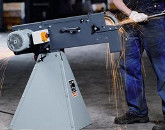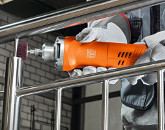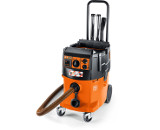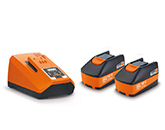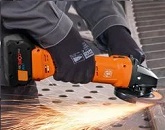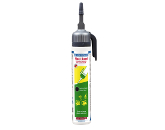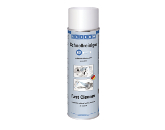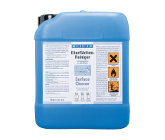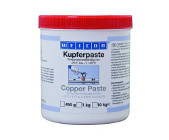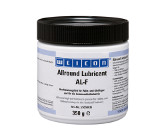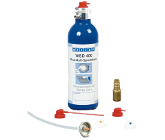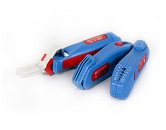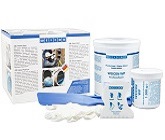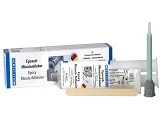This product is available in our stores
Penetrant Testing
Penetrant testing belongs to non-destructive testing methods used for welded, brazed, and less frequently welded joints, as well as for non-welded elements (e.g., machine parts). It is conducted to detect defects such as cracks, lack of fusion, and surface-breaking pores. Penetrant methods are also commonly used to detect laps, seams, porosity, and other base material defects. In practice, penetrant testing is especially used to detect surface defects in non-magnetic materials and their joints (austenitic steels, aluminum and its alloys, copper and its alloys, titanium, zirconium, etc.).
To conduct penetrant testing, the following are essential:
- A set of basic preparations, i.e., penetrants and developers
- A set of auxiliary preparations, such as cleaners
Penetrant Testing Procedure
The penetrant testing cycle consists of a series of steps, including:
- Preliminary cleaning
- Surface drying
- Applying the penetrant and leaving it for a certain time on the tested joint
- Removing excess penetrant
- Drying the surface after removing the penetrant
- Applying the developer
- Observing the test results
- Final cleaning
The tested joint should be thoroughly cleaned of contaminants (slag, scale, grease), degreased using FLUXO S190 cleaner, and then the penetrant should be sprayed on the clean surface from a distance of about 20 cm. The FLUXO P125 penetrant should be left for about 10 minutes, its excess removed, rinsed with water or FLUXO S190 cleaner, and left to dry. In the case of vertical welds, the penetrant should be applied twice, and for thicker wall tests even three times at intervals of about 10 minutes. The minimum penetration time of the penetrant depends on the weld thickness and its position and ranges from several to several tens of minutes. After ensuring the surface is free from excess penetrant and cleaner, conduct the test using the FLUXO R175 developer. Spray an even layer of the developer from a distance of about 20 cm over the entire tested surface and wait a few minutes until a dry, powdery layer forms on the test surface. Stained areas on the developer by the penetrant indicate cracks and surface defects. The intensity of these marks, if the test is well conducted, indicates the size and severity of defects. The entire test is evaluated visually in appropriate daylight. The advantage of the penetrant method is the simplicity of testing, while its limitation is the thickness of the tested welds, which is up to about 25 mm.
The use of the FLUXO set is illustrated by pictograms on the packaging.
Application – Process
Tested materials: steel, ceramics, plastic, glass. Visual assessment of surface defects sized 30-50µm. Application areas: boiler manufacturers, foundries, petrochemical industry, railway and road transport, nuclear industry, shipyards, automotive industry, and others.
1. Cleaning
- Using FLUXO S190 cleaner
- Excellent cleaning and degreasing of surfaces
- No additional drying required (drying occurs by evaporation)
- Spraying the cleaner on the cleaned element is possible in any position
- Economical 400 ml container
- The propellant is extremely flammable propane butane
- The solvent is a petroleum-based product
2. Applying the penetrant
- Using FLUXO P125 penetrant
- Application temperature from 5°C to 200°C
- Easy to use even on hot plates
- Good surface wetting, single spray lasts over 30 minutes
- No additional drying required
- High penetration ensured by appropriate viscosity of the preparation
- Spraying the penetrant on the cleaned element is possible in any position
- Very easy to apply penetrant
- Excess penetrant can be removed from the tested surface using water
- The propellant is extremely flammable butane
- Economical 400 ml container
3. Re-cleaning, using water
4. Applying the developer
- Using FLUXO R175 developer
- Thin and uniform light, almost transparent layer that becomes white after drying
- The developer covers the surface very well, forming a thin, fine-grained layer
- Very quick drying of the solvent contained in the developer
- Spraying the developer on the cleaned element is possible in any position
- Economical 400 ml container
- Very easy to apply developer
- The propellant is extremely flammable butane
Visual surface evaluation
Inspection and surface evaluation possible in white daylight after the developer dries


